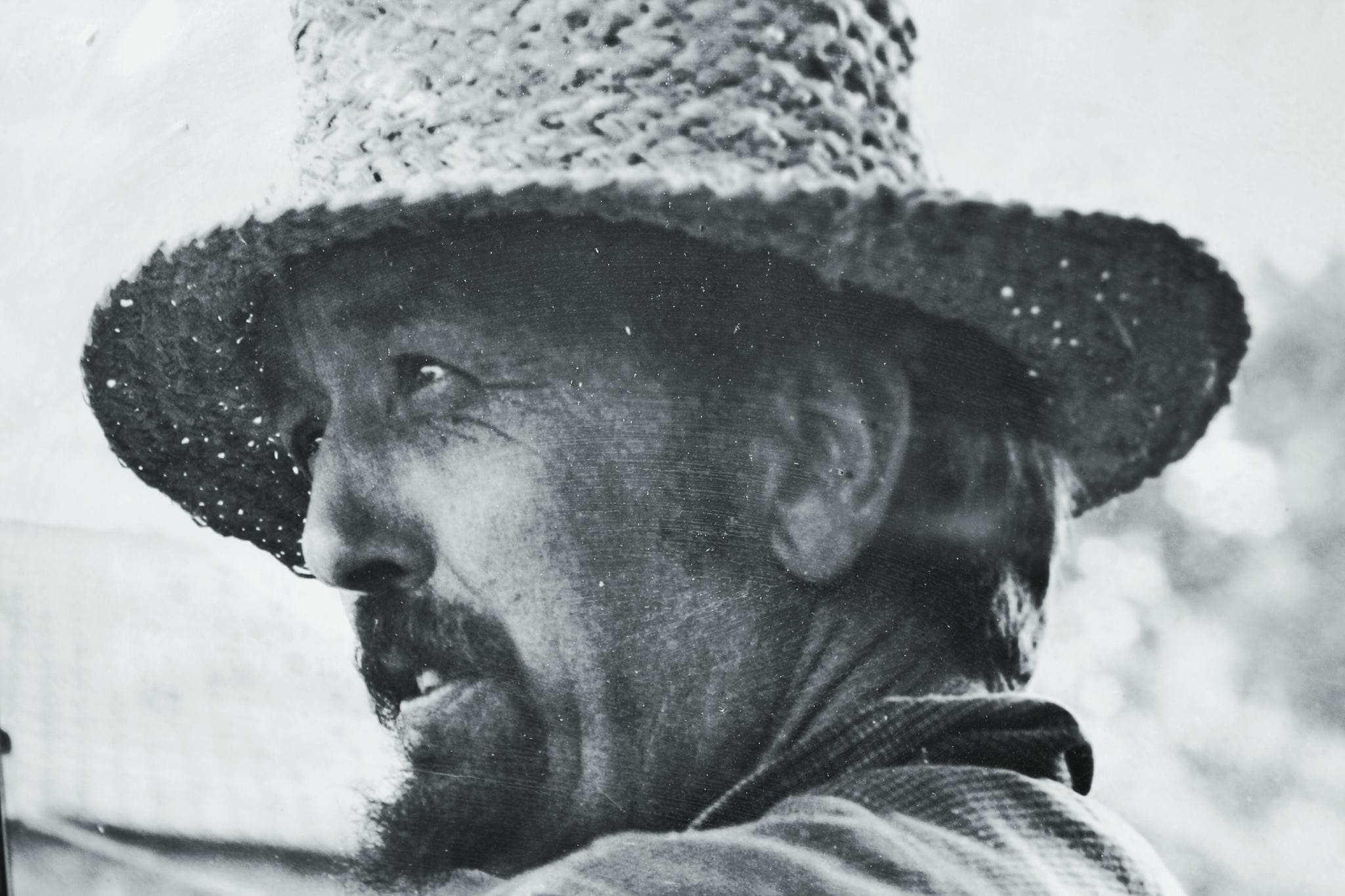Franco Cardinali
Biography
Franco Cardinali was born in Rapallo (Italy) in 1926, a self-taught painter,he entered naval school but since he was very young he had painted still-lives: bottles, fruits, books... thus his destiny was already marked out.
At the end of the 40's , Franco started his career in Milan, and his work from this period was exhibited in the gallery San Babila in 1953.
In those days his favourite subject was the representation of the people of the streets, the poor of the world... the forgotten with the sad glances.


Paris
Cardinali discovered Paris on his first trip and decided that this was his city and where he wanted to live.
1955
He exhibits with the artists of the "Cite' Vecingentorix", under the patronage of Pablo Picasso and Jean Cocteau,, where he also met Jacques Prevert.
It was a very fruitful year for the work of the young artist: July would see him mount a one-man show in Saint Paul de Vence with a preface by Jean Cocteau, and in September Cardinali took part in a collective international show in Atene of Valencia, Caracas (Venezuela)
In October Franco participates in another exhibition with the group "École de Paris" in the gallery Charpentier (Paris).

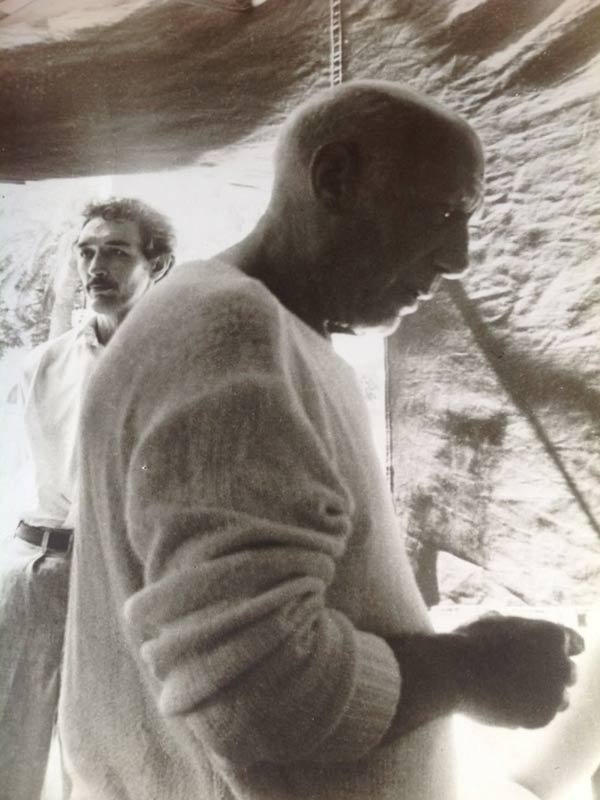


The "École de Paris" was an artistic movement born after the II World War that develeped after Cubism, Surrealism and Informal Art.
1956
Franco exhibited several times in Vallauris and Nice ( South France) and in May was part of a group show in Munich (Germany).
1957
February , the gallery 'Hall of Information' organized a one-man show of the painter in Dakar ( Ivory Coast), again with preface of Jean Cocteau.
March there followed a one-man show in Abijian (Ivory Coast) Gallery Aquarium....the same month Cardinali participated in the biennale of Menton(France).
During next years the painter divided his work between Paris and Vallauris (Nice).
May 1960
His first exhibition in Rome (Italy) took place, with a one-man show and then a group one. In December he exhibited in London (England) at Gallery Woodstock.

In these productive years, his style evolved not only with his paintings but also with ceramics.
Franco had started to work with clay when Picasso, used to go to a potters' studios in South of France, in Vallauris,giving a new dimension to the world of ceramics and to the art world in general, working with the clay to free this material from simply being a way to produce handmade work.
Many painters of that period attempted to get closer to this world and tried to manipulate this natural element in many ways; Franco from 1954 onwards, made objects with zoomorphic shapes which became important and evocative artworks that are now in many private collections.



1962
Cardinali with his young wife and his first born son Faust left Paris for a long journey to Sicily, in Santo Stefano di Camastra, close to Palermo, a small potters town specializing in big jars to keep olive oil.
They stayed here for about six months and Cardinali made beautiful big vases decorated with stylised figures. Wandering around little old villages he looked from one window to another , and in the narrow streets he saw laundered sheets, used and sewn again and again and a brilliant idea came into his mind - "the dreamt canvas"...
Thus inspired, he had the idea to create a unique personal artistic language, made out of old canvas and textures that became his characteristic way to create an unusual visionary world of animals, trees, fossils and so on.


1963
In Paris there was an important exhibition at the Galery Angle du Faubourg with a beautiful preface by Jacques Prevert.
End of 60's
From 1964 their second child Fanette was born this year, a girl, until 1967, many exhibitions follow in Bruxelles.
His art abandoned the figure and approached a more abstract world, with a concise style which evoked the mineral world..
The research material becomes deeper.
In 1968 in the month of November a one-man show in the prestigious Galery Benezit in Paris was a big success.
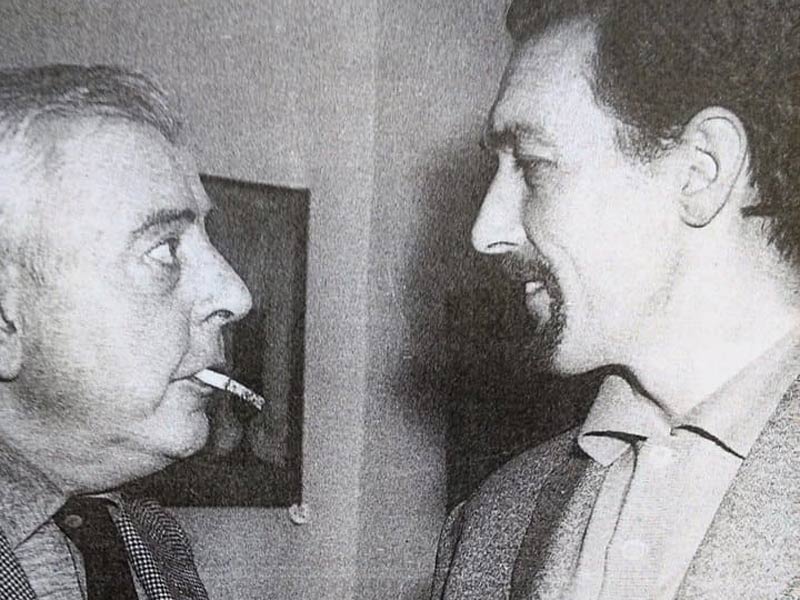

Tuscany
70's
In 1968 the city of Paris is the scene of huge student demonstrations : noisy processions and violence between students and police create an atmosphere difficult to live in and Cardinali feels the need for solitude and a new challenge.
He goes through a deeply confused period and cannot work, so he decides to leave with his wife and children, big, noisy, loud city for a peaceful Tuscan village, following the traces of Piero della Francesca and other masters of Renaissance.
They rented a small flat in Anghiari, the medieval town that overlooks the Tiber Valley, and from there during their excursions, he found a small but lively rustic village situated at the foot of the sacred mountain of la Verna: La Rocca.
At first the idea of having a house there is just a dream, but then that the dream became a reality: this is how it all started...and how "La maison avec le totem", ( the house with the totem) became a real house. A big country house attached to a huge rock.
A new life began: composed of natural rhythms, following the seasons and the rural work of their neighbours; being in contact with these simple people rich in ancient wisdom, they find a peace which rejuvenates their lives.
The work to restore the house (which was in ruins) is immense but finally they can realize another important ambition, to built two different studios: one within the house to paint, with plenty of natural daylight, and the other one in the old sheepfold for making ceramics.

In this 'unique' place, Franco, in the next few years undertakes long and extensive research... it was an important and precious period for his artistic maturity: paintings of plants, roots, trees, fossils, celestial bodies, animals, and the rural villages nestling in the sides of mountains.
In this creative period he produced the "Cristo della Rocca", an evocative and dramatic crucifixion on a red-orange background in which it seems that the figure comes out of a terrible sunset or the flames of a fire.
The painting was made for the small chapel, alongside the house of Cardinali, that is one of the oldest sacred buildings in the region, and is dedicated to Sant'Agata.
His pictorial technique further develops with the use of sand, casein and oil paints, a 'palette' particularly rich and intense.


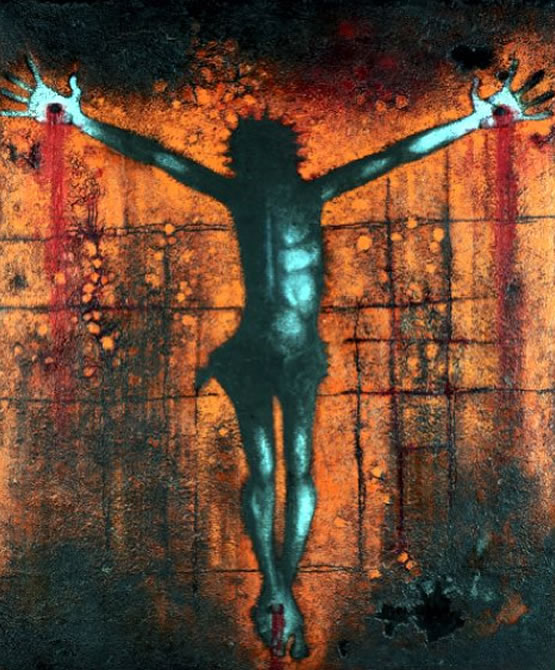
Franco has many loyal collectors that admire his work, and that buy entire collections from this period. They are true enthusiasts and observe his quest to evolve and develop.
He was very busy, particularly with ceramic work and especially during good seasons, and to expand his creative output he produced in la Rocca some important monumental vases.
In 1971 he participated in the Festival of Faience, in Monte San Savino (Tuscany) where he exhibited with Carlo Zauli, Mario Gallorini e Marcello Fantoni.
Then he took part in the Handmade Fair in Florence.
The work that he exhibits are zoomorphic objects, rich in personal significance, and unique in their lively decoration.
In 1972 his wife gave birth to their third child, another boy: Fano.

1979
This is an important year for Cardinali: after many years of isolation, away from the big cities and the art world, he felt the need to put himself back into circulation and prepared a wonderful exhibition in the town of Arezzo, here he had been invited to show in the Modern Art Gallery of the city.
It was a one-man show, the preface was by Danilo Cini, mayor of Chiusi della Verna and good friend of the artist.
This exhibition was repeated in the medieval Castle of Conti Guidi in Poppi (Tuscany).


80's
At the start of November a difficult period for the artist began, and in a state of profound crisis he decided to go for a journey to the South of France, on the Côte d'Azur, to meet his friend and Maecenas, Jean Haechler.
In 1982 Franco left his house and his family, and started a new life in Saint Paul de Vence (France), and after many years finally produced his first one-man show in the same town in the Bank of Neuflize, Schlumberger, Mallet.
Back in the land of his French roots, and remembering the young and vigorous period of his early days he becomes very prolific with a fantastic production of work, full of poetry and grandeur.
In 1983 there was another exhibition in Geneva (Swizerland), and then in Paris in March and in April back in Switzerland in the city of Sion.


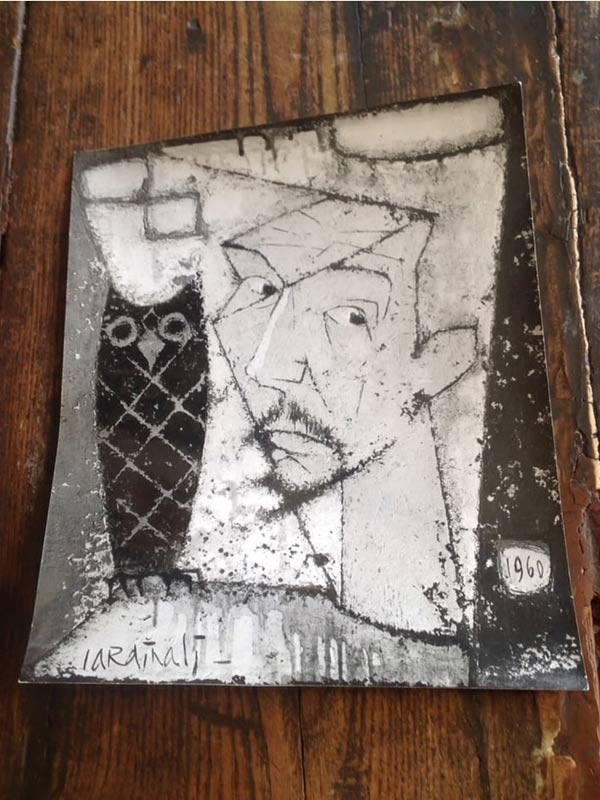
His last one-man show took place in Saint Paul de Vence (France).
Cardinali had reached the highest summit in his Art: his style in the last years of his maturity is stripped bare, concise, sober, anguished... the sand that had given life to fossils, dramatic scenes, evocative cathedrals and ancient ruins, we can sense under the marks and scars of his pigments.
The beauty and the glory of powerful terrestrial matters... A presentiment of tragedy...his last works are creased papers, rich in mystery and possessing a dizzying intensity.
On the 12th April 1985 he took his own life in St.Paul de Vence.
